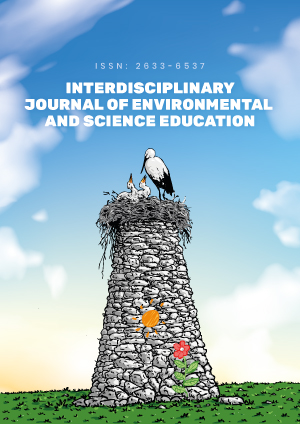Abstract
The purpose of this mixed methods concurrent triangulation study was to assess the vocational relevancy of adventure STEM for sixth grade students attending the Science Adventure School (SAS), a residential, informal education program focused on delivering adventure STEM education to low-income, rural students. Specifically, this study sought to research any changes in STEM attitudes, including science interest (Eccles, 2007; Gilmartin et al., 2007) and science career interest (Sadler et al., 2011) as a result of participating in SAS. In the quantitative phase of the study, curriculum relevancy and STEM attitudes were assessed with a pre- and post- adventure STEM experience survey. The qualitative portion of the study consisted of semi-structured in-person interviews with 14 students and eight teachers shortly after their SAS experience to gain additional insights into the results of the statistical analysis and identify how students and teachers see the relevancy of adventure STEM curriculum. This study’s findings add to the body of adventure STEM literature and lends support to the positive benefits of engaging youth in adventure STEM programming.
License
This is an open access article distributed under the Creative Commons Attribution License which permits unrestricted use, distribution, and reproduction in any medium, provided the original work is properly cited.
Article Type: Research Article
INTERDISCIP J ENV SCI ED, Volume 18, Issue 4, 2022, Article No: e2294
https://doi.org/10.21601/ijese/12214
Publication date: 03 Jul 2022
Article Views: 3544
Article Downloads: 2154
Open Access References How to cite this article
 Full Text (PDF)
Full Text (PDF)